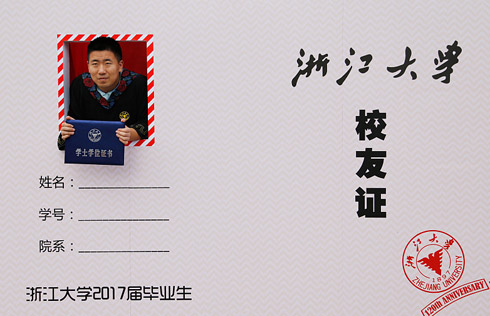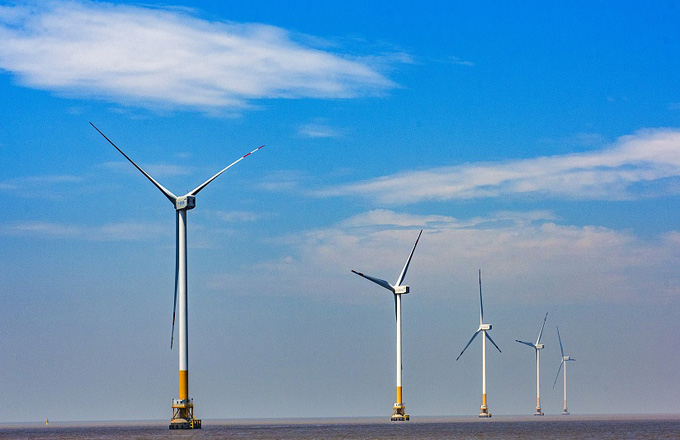Outbound merger activity remains robust in first half
The number of Chinese outbound mergers and acquisitions hit a new high in the first half of 2017, demonstrating that demand for strategic overseas investments remains strong, according to a report released on Thursday by international accounting firm PricewaterhouseCoopers.
The report said there were 5,010 outbound and domestic M&A deals in the first six months of this year. The total value of those deals was $282.9 billion, down 20 percent compared with the second half of 2016.
While the total value of Chinese outbound merger and acquisition deals in the first half fell 13.3 percent to stand at $64.4 billion, the number of deals increased 8 percent to 482, compared with the second half of 2016.
"The absence of high-profile mega-deals has clearly affected the overall value of M&A activity," said Lu Guchun, PwC China transaction services partner. "But the fact that the volume of outbound transactions is now at a record high indicates that deals with a sound strategic rationale are still encouraged."
The technology sector became the most popular among outbound M&As in the first half as investors sought to bring advanced technologies to the Chinese market, the report said.
Financial investors' outbound merger and acquisition activities reached new records in both amount and value in the first six months, and private equity investors with dollar-denominated funds were the most active.
"Financial investors' merger and acquisition activities have fallen from a significant peak in the second half of 2016, but remain robust overall," said Wu Ke, PwC China transaction services partner. "Outbound deals are an increasingly important part of that trend ... they represented a quarter of private equity deals in the first six months of this year."
The report said domestic strategic mergers and acquisitions declined by around 15 percent. There were only 10 deals each in excess of $1 billion, compared to 15 in the latter half of 2016. Foreign inbound investment-though much smaller by comparison-was at its highest level in two years because of some larger-sized deals and an increasing number of investments from Japan.
Looking at strategic deals by industry sector, real estate M&A hit a three-year high, mainly because of two megadeals worth a combined $18 billion involving China Vanke.
Despite suggestions that Chinese investors would avoid the United States as an investment destination because of strict regulations from US authorities, there was in fact an increase in deals into the US. Asia also saw a sharp increase, partly influenced by the Belt and Road Initiative.
Looking forward, PwC expects a slight slowing in the second half of this year. However, overall activity is expected to remain robust and there should be further growth in 2018.
"With the Chinese government's enactment of new outbound regulations issued on Aug 18, the guidelines on 'encouraged', 'restricted' and 'banned' outbound investments are finally clarified, although such a practice has already been enforced by relevant authorities since last November," Lu said.
He added that while the Belt and Road infrastructure, industrial upgrading, economically feasible natural resources exploration, agriculture and modern service investments are expected to grow in the future, increased scrutiny will be placed on certain industries such as real estate, hotels, cinema chains and entertainment.



















